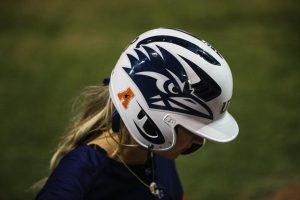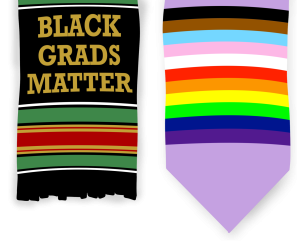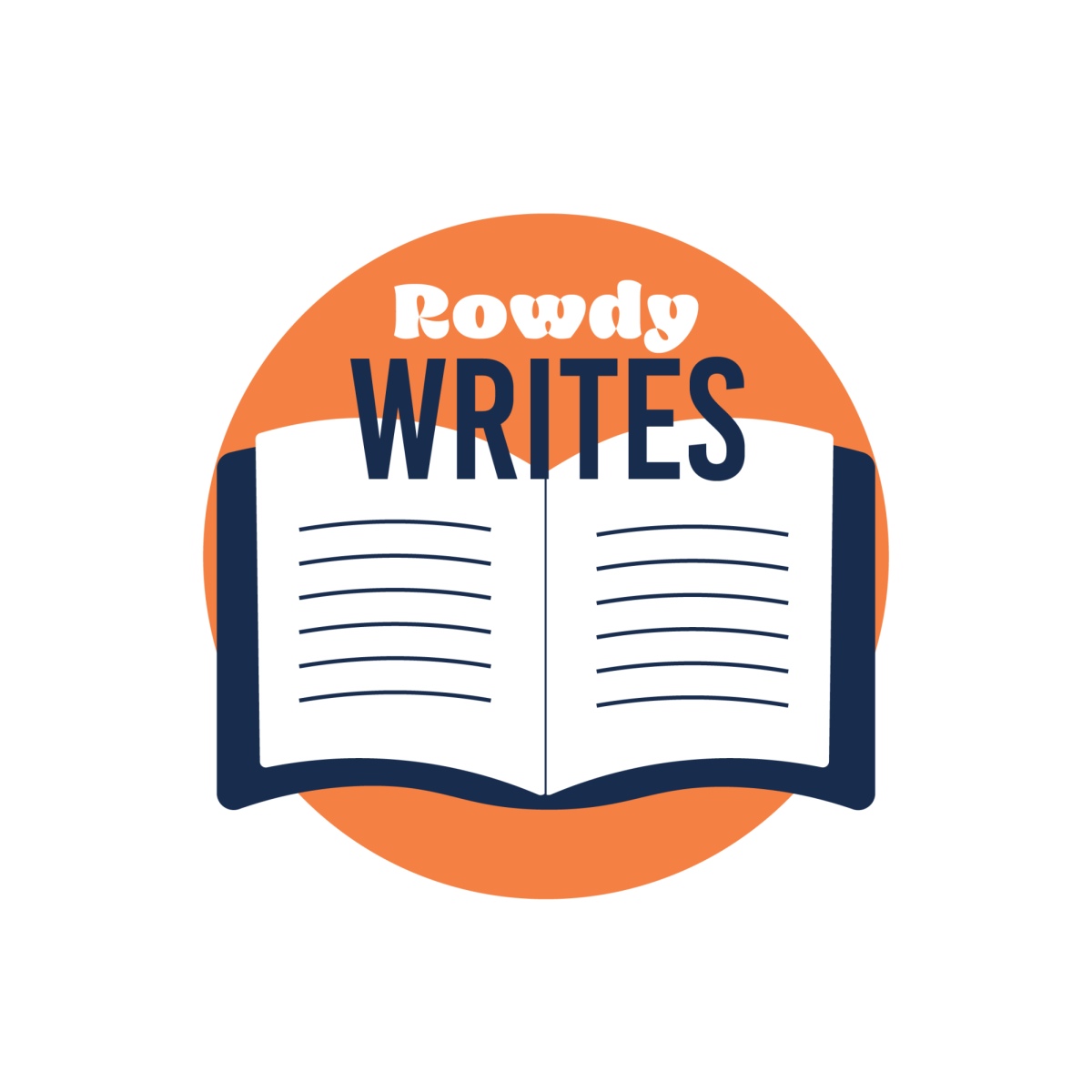-christopher__gallery.jpg)
Photo Credit: Kirk Florendo & Chris Breakell
With so many courses offered at UTSA, most students follow a degree plan that best suits their interest. However, the narrow structure of obtaining a degree sometimes restricts students from satisfying the requirement of academic exploration.
College is a new realm for students to experience the unusual. So, if you’re looking for unusual courses consider “Film Comedy,” “The Meaning Of Life,” “Digital Filmmaking” and “Hippie Literature.”
A professor in the English department, Dr. John Stone teaches “Literary Modes and Genres: Comedy” a course that examines the mechanics behind how humor works. “What makes funny, funny?,” Answering this question, is one of the course’s main goals, and understanding how humor works requires studying how previous comedy influences the progression of modern comedy, states Dr. Stone.
Approaching this challenge, Dr. Stone asked himself when developing this course “what made me laugh when I was a kid?” which resulted in a multitude of humor ranging from low comedy to verbal wit.
During the course the works of Charlie Chaplin, Buster Keaton, The Marx Brothers, Mel Brooks, Woody Allen, Richard Pryor and others are studied to assist students in answering the question of how comedy works. With the proper context, students will develop an understanding of a comic persona, self-deprecating humor and why someone’s pain is comedic. Dr. Stone articulates that “tragedy is when it happens to you; comedy is when it happens to the other guy,” and this concept is analyzed in stand-up to further grasp humor’s mechanics.
However, going over that line means someone is always the “butt” of the joke, and Dr. Stone advises, “You can wallow in the pain, or you can laugh at the absurdity of it. That’s your choice because that’s really the essence of what life is. You can be sad and let it overwhelm you or you can laugh about it.”
But humor is not the only unusual course offered at UTSA. Consider Professor Chinn, who confronts an ancient question in his course “The Meaning Of Life.”
As Professor Chinn cautioned, “(The) question is really tricky and so that’s why we start off the course by exploring the nature of the problem, (which is) what this question is really asking and why do we ask this question.”
Moreover, Professor Chinn explains, “(the students) must fully understand what the question is asking and why it is important” because “some think the question (the meaning of life) is unanswerable or trivial,” but by understanding why the question is asked students can then be able to develop an answer.
“The goal is to have each student to try and figure out the best answer they can give,” explains Prfessor Chinn. Students will first cover the major religions of the world and see how each religion approaches the meaning of life.
However, examining religions does not guarantee an answer will be developed, so students will study various philosophers’ interpretation on the question. In particular, Albert Camus’s philosophical question “the problem of suicide” will be analyzed in depth to understand and grab hold of questions such as “why live?”
Of course, each student will develop their own response and give presentations, but this quest in finding an answer is a joint effort between students and professor. Ultimately each student will find their own illumination or influence from certain philosophers but “(will) need to think hard about their own life and experiences, and see how it connects to them,to find an answer” Professor Chinn emphasizes.
If the meaning of life is found why not capture the moment on film in Digital Filmmaking? “Two cameras, two tripods, one light kit, one dolly and that was it… we were in a closet,” Dr. Membrez recollected while she explained the start of her course “Digital Filmmaking” back in 2002.
Expecting a small turnout of 15 students for the course, Dr. Membrez recalled 40 plus students overflowing out the room sitting on the ground waiting for her course to begin. “I think we touched a nerve,” Dr. Membrez explains, a nerve that resulted in the current continuation of Digital Filmmaking for the past 10 years.
A 3000 level course, Digital Filmmaking is intended for students to create small projects that could be used as complements to a graduate school portfolio or employer application.
However, this course is not a YouTube production course — filmmaking is professional. Equipped with six avid editing stations, professional cameras, sound booths, studios for shooting film and much more, digital filmmaking is above par.
Students will learn how to properly arrange cameras to shoot film, develop a storyboard, develop editing skills and learn effective use of music and sounds while abiding by copyright laws. Students will collaborate with each other during three required projects of a UTSA campus post card, an interview or campus report and a narrative or documentary created by the students.
The course is fun but requires dedication, and hours of work must be put into projects to produce quality work. “It’s a course to create a portfolio, to help students get jobs,” Dr. Membrez says, “(a) chance to really cut loose on your creativity, as long as you’re not vulgar, (and) are able to work in groups.”
And even though hours of dedication are a must, Dr. Membrez is supportive, always reminding her students “(to) have fun. You don’t want to be so uptight about it that you don’t enjoy what you’re doing, but it is hard work and that’s what people underestimate.”
Another unusual course is Hippie Literature, which Dr. Burchenal describes as the “counter culture of 1955 to 1975, which is the time of the first real American youth counter culture, which is (referred) as being the long 60s.”
The course looks at the development of new age young ideals and how they came to be. Of course, when reminded of the 60s, an overwhelmingly response is to think of hippies.
Dr. Burchenal emphasizes that “part of what this course tries to do is to debunk and explore the kind of myth and way the 60s has been packaged and give students a clearer understanding of cultural trends that there were.”
Some of the content students will analyze are George Orwell’s 1984, 60s popular music and culture, sex and drugs, “Easy Rider,” the Civil Rights Movement and Kurt Vonnegut, to understand the youth counter culture of the mid-20th century.
Dr. Burchenal explains, “There is an argument of this course (where) people make a claim that this is the transitional period between what they call “modernism” and post modernism” that somehow (our lives) are significantly different than they were prior to this period,” and this course determines “whether that’s a valid thing to say. Are we really different?”
Burchenal intends to have students “consider the facts of the matter and not just accept the story that history has given us,” by reanalyzing important historical markings such as the Civil Rights Movement. So why not look beyond a degree plan and consider the unusual?










